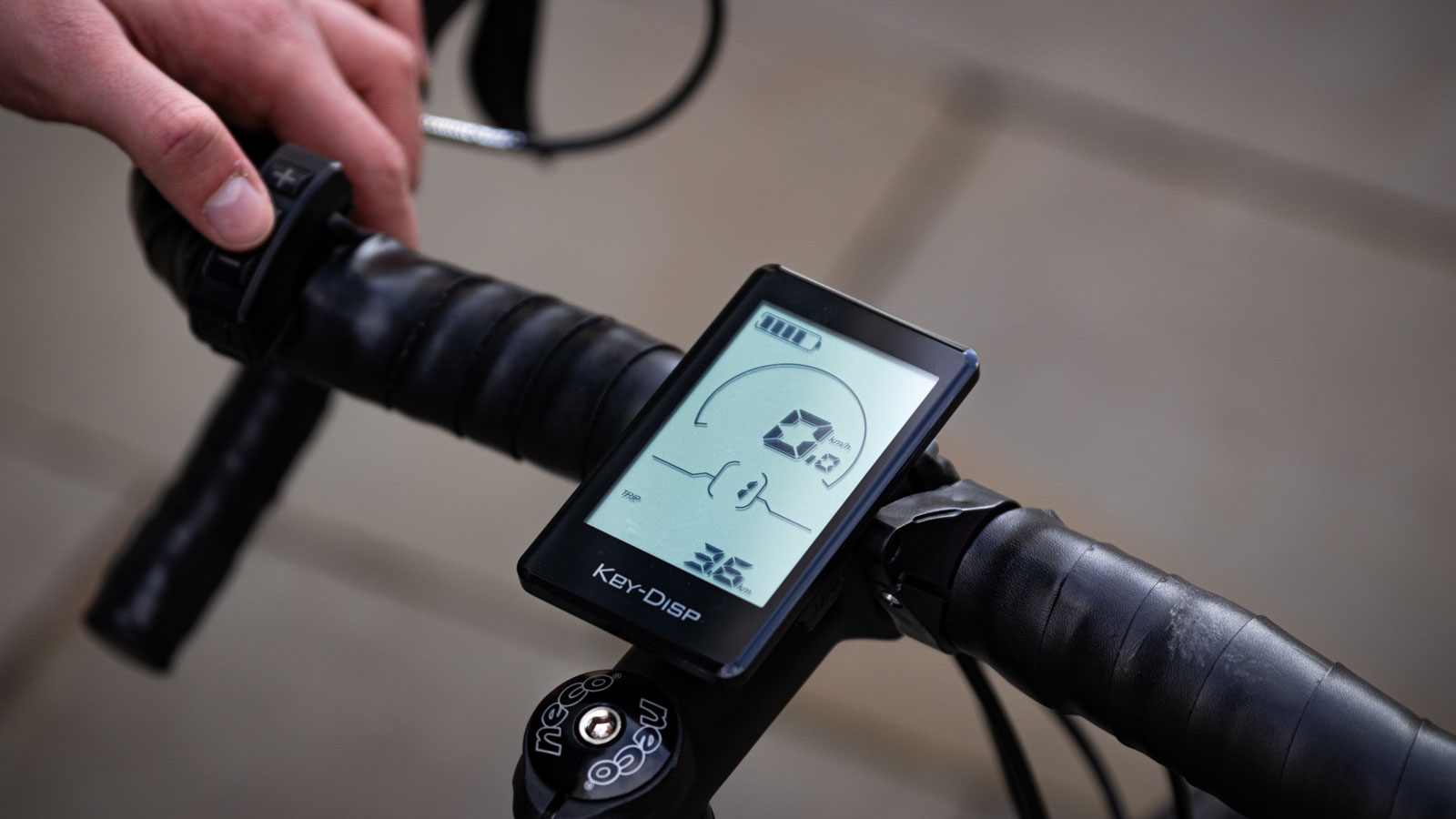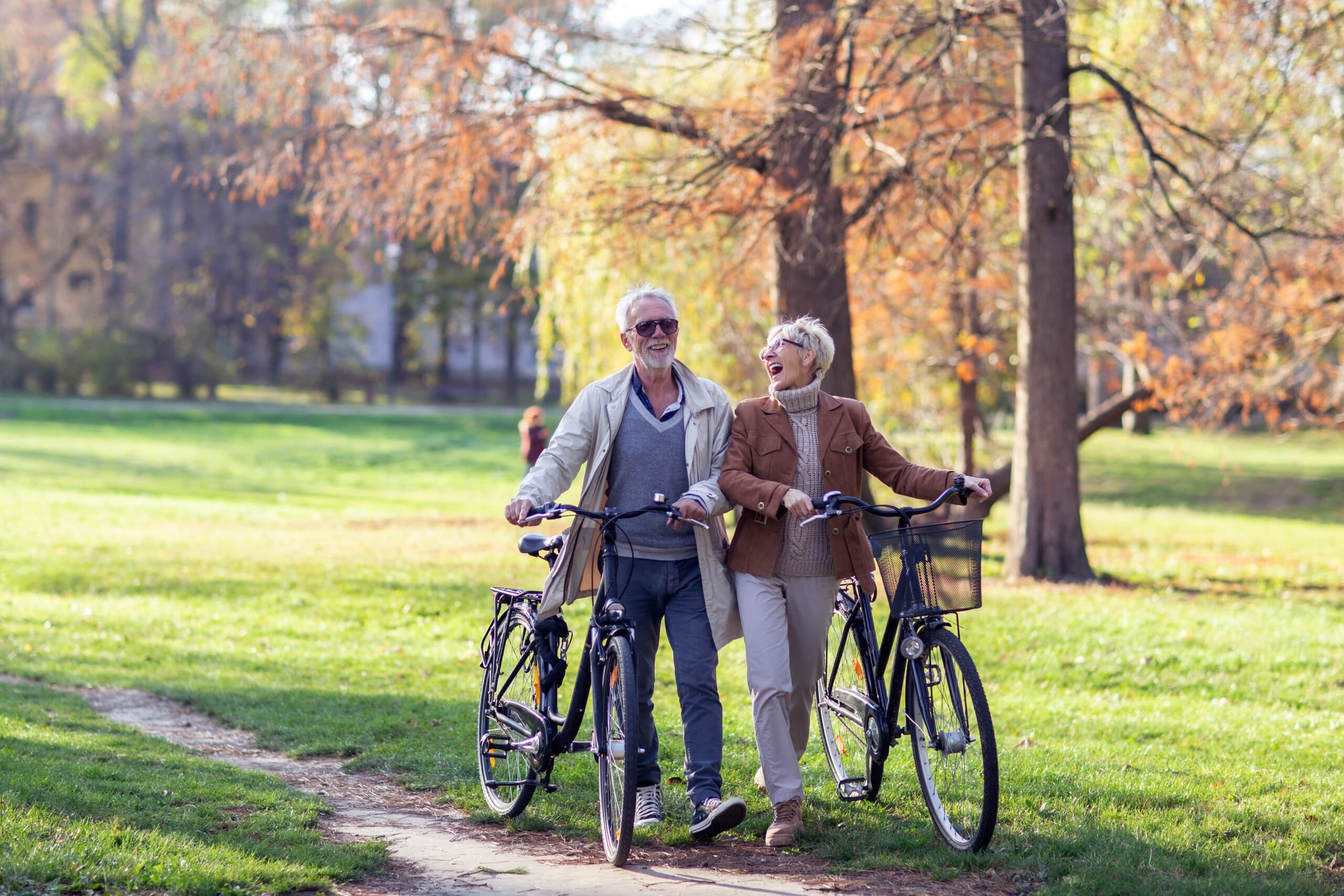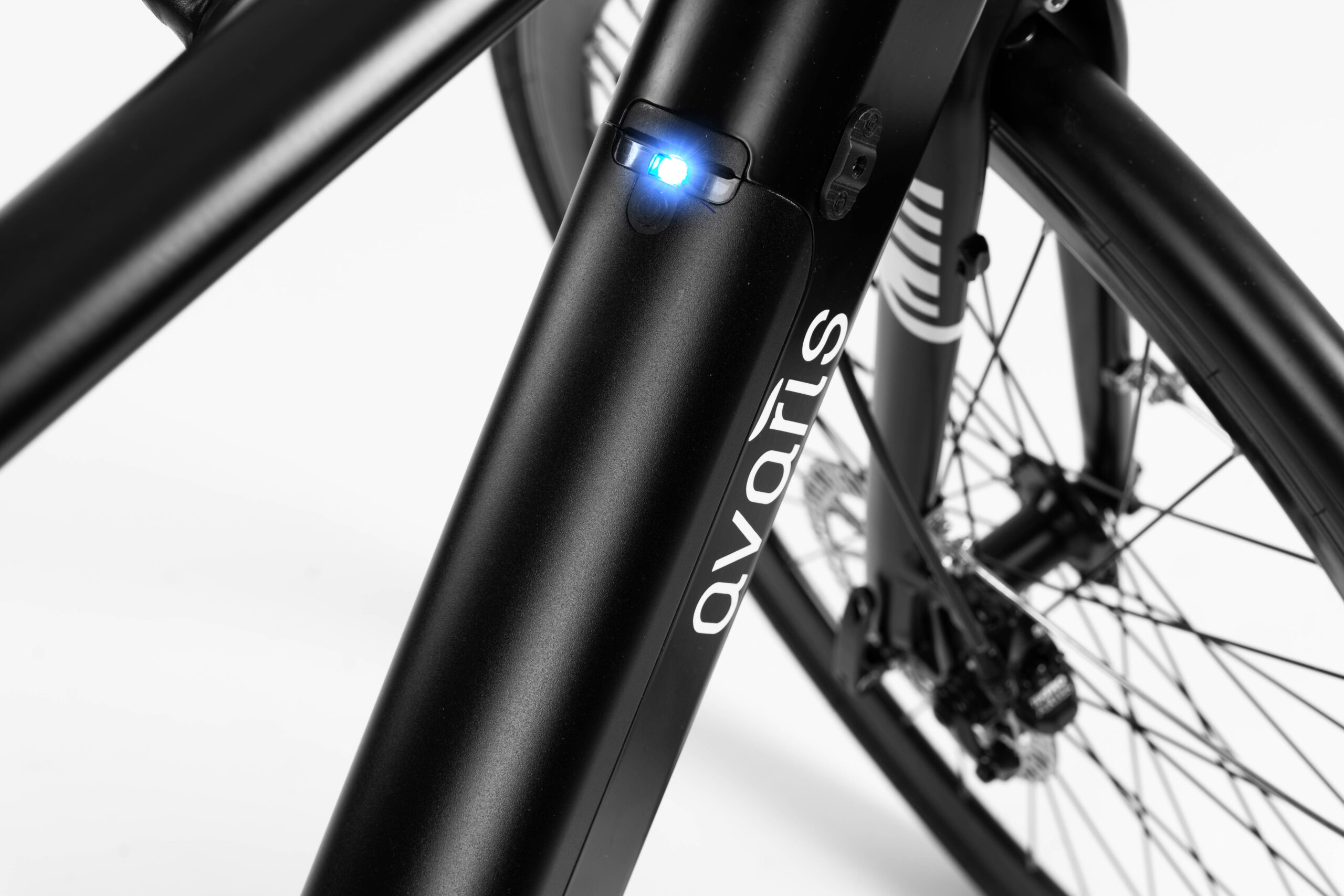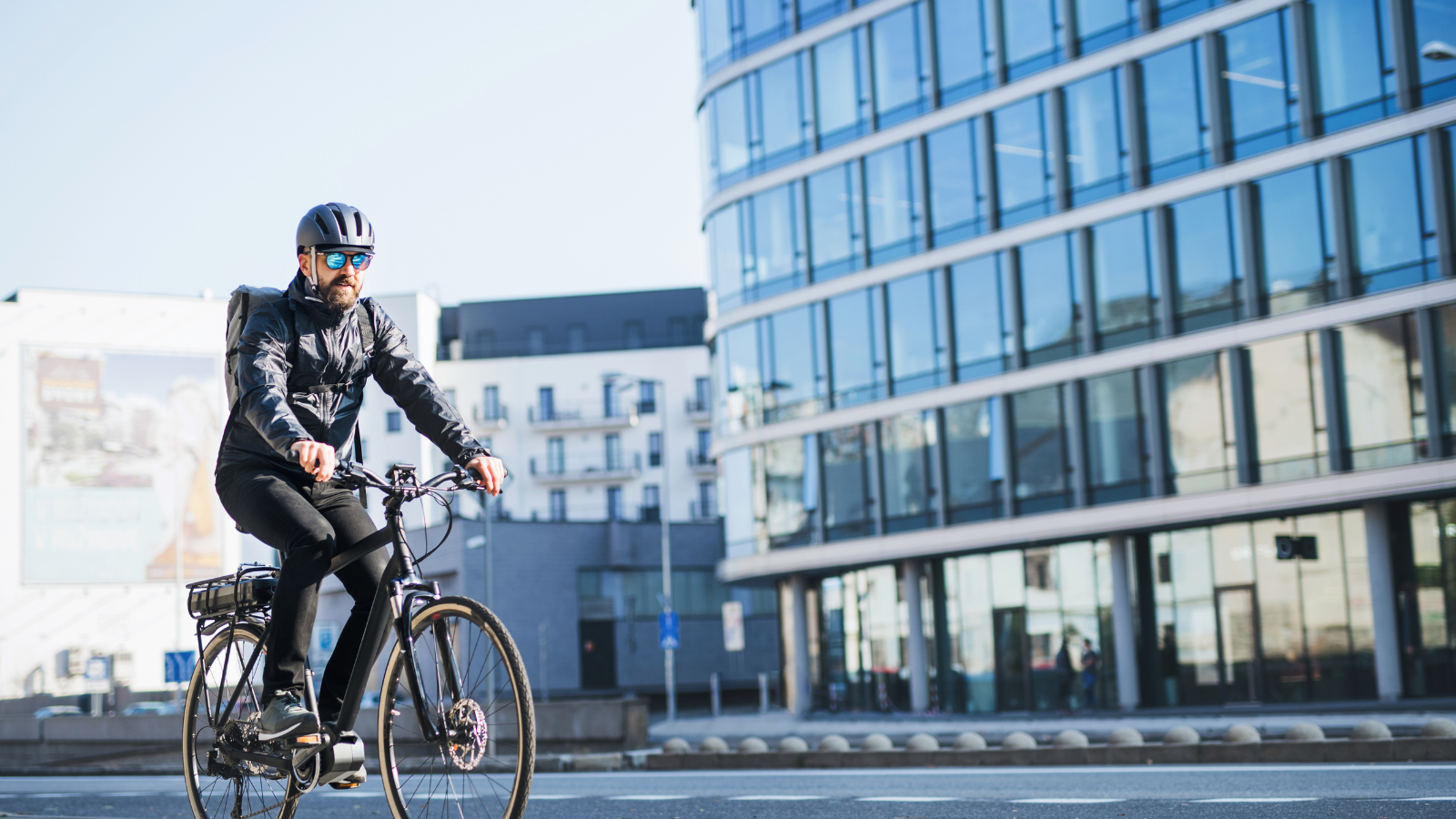Why eBike tuning is illegal & dangerous
Electric bikes make your journey easier, with multiple levels of electrical assistance helping to take some of the strain out of cycling.
As you pedal, the ebike’s electric motor kicks in, providing you with additional speed and power. It means you’ll be cycling faster, while putting less effort in to your pedalling. It’s a great way of enjoying a more relaxing weekend ride or commute, enabling you to gently pedal while maintaining a higher speed.
However, all ebikes are manufactured to ensure certain speed restrictions are met, with the electric motor only working when you’re pedalling below this limit. This keeps ebikes as safe as possible for cyclists, as well as pedestrians and other road users.
Despite this, ebike tuning has become a commonplace ‘hack’ to get the bike’s motor working at higher speeds. It’s something that should be avoided though, not least because it’s dangerous, but also because it’s illegal!
We’ve put together everything you need to know about ebike tuning, and why it is both illegal and dangerous to do.
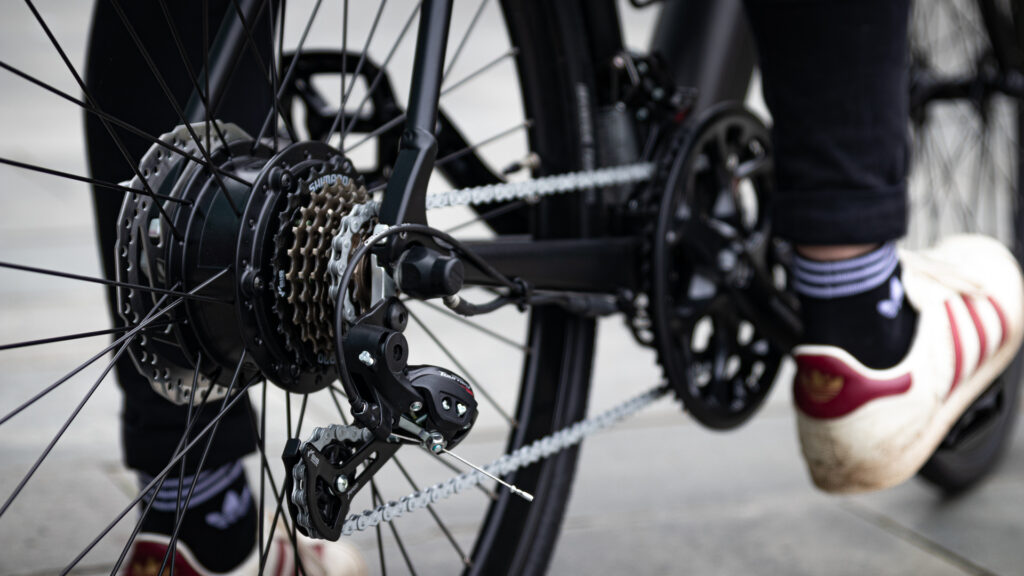
How fast are Ebikes allowed to go?
Following speed limits might not be something you’re used to if you’re a cyclist – mostly because it’s not often you can match the speed of free-flowing traffic unaided. As such, there’s no laws about speed limits for cyclists in the same way there are for drivers.
However, when you bring ebikes into the equation, different considerations have to be made. Unrestricted, the motor of an electric bike would see cyclists moving at a much higher speed than when unaided. As such, there’s a legal limit on ebikes, and at what speeds the motor is able to work at.
In line with EU law, the UK introduced legislation in 2015 that restricts the speed of ebikes to 15.5mph (25 km/h). This doesn’t mean it’s illegal to ride an ebike at a higher speed though, as the set limit only applies to the bike’s motor. The rules mean that the motor on an ebike is only allowed to work when the bike is travelling at less than the 15.5mph limit. You can still travel faster, but only through your own pedalling power – the motor can’t assist you any further.
How do Ebikes restrict speed?
To ensure this speed isn’t exceeded, ebikes aren’t allowed to have a motor fitted that’s more powerful than 250 watts. As well as this, there are speed sensors fitted – these are there to display your speed to you on the bike’s dashboard, but also so the motor knows when it needs to cut out.
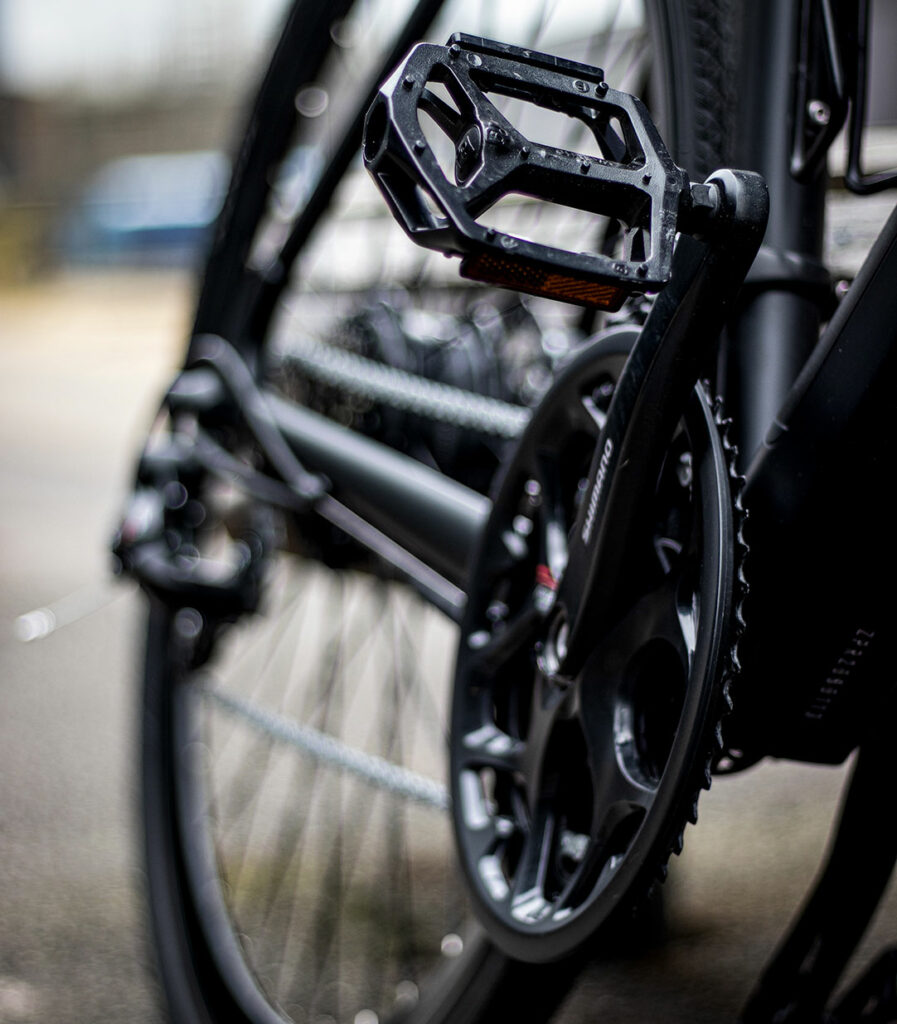
What is Ebike tuning?
Ebike tuning is the process of ‘unlocking’ the full potential speed of the motor, bypassing the technology that make the motor cut off above 15.5mph.
There are a few ways of tuning an ebike, with the most common involving a “tuning dongle”. A tuning dongle is a small device that can be plugged into an ebike, to manipulate how the speed is read.
In short, the dongles remove the 15mph cut off point on bikes, or in some cases extends the limit it to a higher number.
Why is Ebike tuning illegal and dangerous?
One of the reasons ebike tuning is against the law is based around how we classify different vehicles. While ebikes continue to have a limited power motor and speed restrictions, they can continue to be treated as standard bicycles.
Once an ebike is tuned, the increased power and speed means it would actually be classed as a moped. With this change in classification comes multiple additional costs and restrictions – riders will need a driving license and motor insurance, as well as a registration plate on the bike. If you’ve had an ebike tuned, it’s very unlikely you’ll be adhering to these rules, and as such it’s illegal to ride a tuned ebike on public roads.
The increased speed means there’s more chance of accidents happening, and if injury or damage occurs, you’ll be liable for this due to the lack of insurance. You could also find yourself with a criminal conviction, leading to a fine or even imprisonment. There’s a further risk of accidents due to the components of the bike – ebikes aren’t built to specifically withstand these speeds, with parts such as the brakes potentially struggling and putting you in danger.
The Avaris Ebike has nine varied levels of electrical assistance, providing cyclists of both beginner and experienced level with the perfect solution. Set the assistance level to the lowest for a tougher bike ride, perfect for those who want a workout. Alternatively, put it to highest setting for a much more effortless ride, perfect for commuting without arriving at work in a sweat.
ORDER NOW GET IN TOUCH
